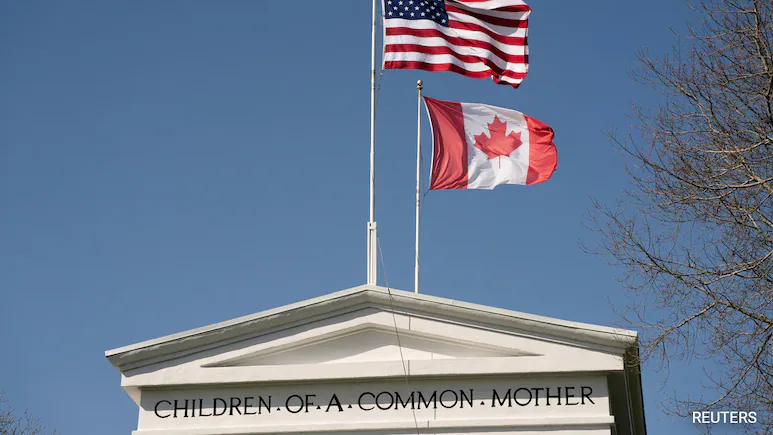Ottawa — Amid an ongoing overhaul of its immigration system, the Government of Canada has announced plans to create an accelerated entry pathway for H-1B visa holders and other highly skilled professionals seeking to relocate from the United States.
The initiative, outlined in Prime Minister Mark Carney’s first federal budget, sets aside $1.2 billion (Rs 106 crore) to recruit more than 1,000 top international researchers and technology specialists. The government says the goal is to strengthen Canada’s innovation capacity while maintaining a sustainable rate of population growth.
“The expertise of these researchers will help advance our global competitiveness and contribute to the economy of the future,”
— excerpt from the 2025 Budget document.
The new “accelerated pathway” program, expected to launch in the coming months, aims to attract H-1B visa holders disillusioned by recent U.S. policy changes, including President Donald Trump’s decision to raise visa fees to US $100,000. Washington’s shifting stance on green-card access and work-visa renewals has heightened uncertainty for many high-skilled immigrants in the United States.
While targeting this influx of global talent, Ottawa simultaneously plans to tighten overall immigration controls after several years of rapid population growth. According to Bloomberg, Canada will reduce annual temporary-resident admissions by more than 40 per cent, allowing 385,000 in 2026 and 370,000 each in 2027 and 2028.
The government also intends to cut new study-permit issuances to 155,000 in 2026 and 150,000 for 2027–2028, down sharply from the 305,900 annual target set by the previous Trudeau administration. Permanent-resident levels will remain steady at about 380,000 per year through 2028.
Financial firm Desjardins noted that the slowdown in immigration could support short-term wage growth as employers compete for a smaller labour pool, while easing pressure on housing and rental markets. It added that slower population growth may help reverse Canada’s recent decline in GDP per capita.
Meanwhile, Universities Canada urged the government to align its reduced student-permit targets with its ambition to build a knowledge-based economy. In a statement, the organization said it “recognises the need for a sustainable immigration system” but warned that university talent pipelines must not be disrupted.
Ottawa’s long-term objective is to reduce the share of non-permanent residents to below 5 per cent of the population by 2027, down from 7.3 per cent as of July 1.
By balancing immigration limits with new high-skilled pathways, the Carney government says it intends to safeguard economic stability while positioning Canada as a global destination for top talent.

